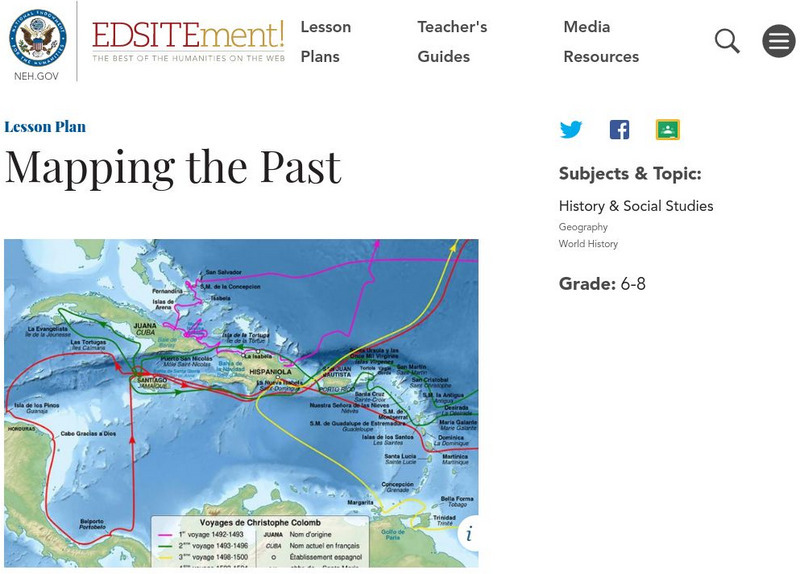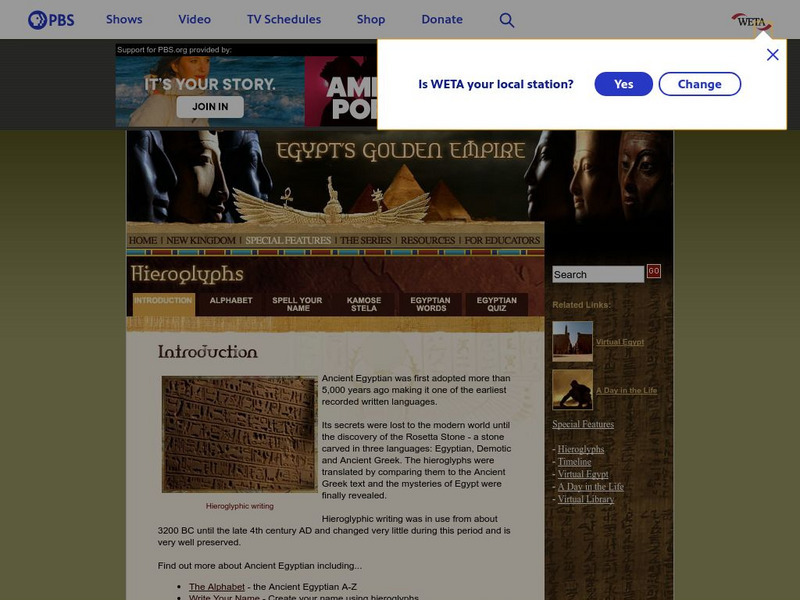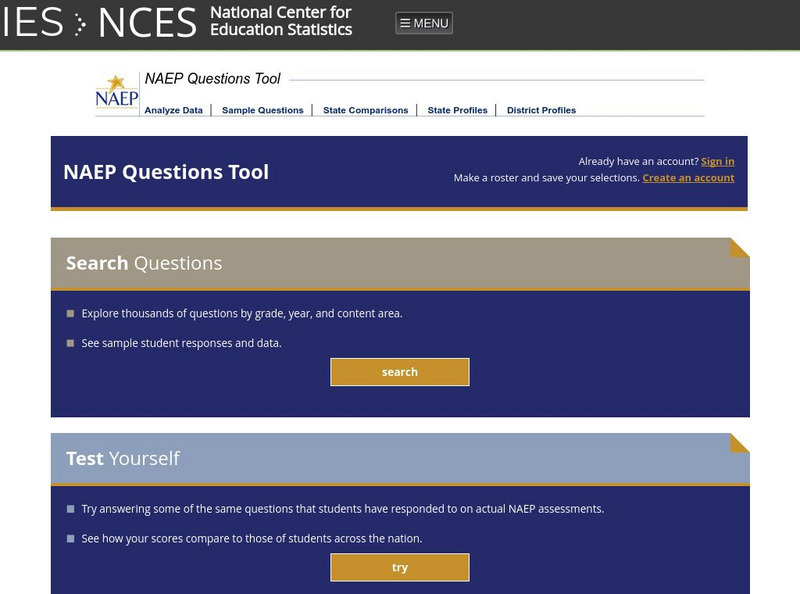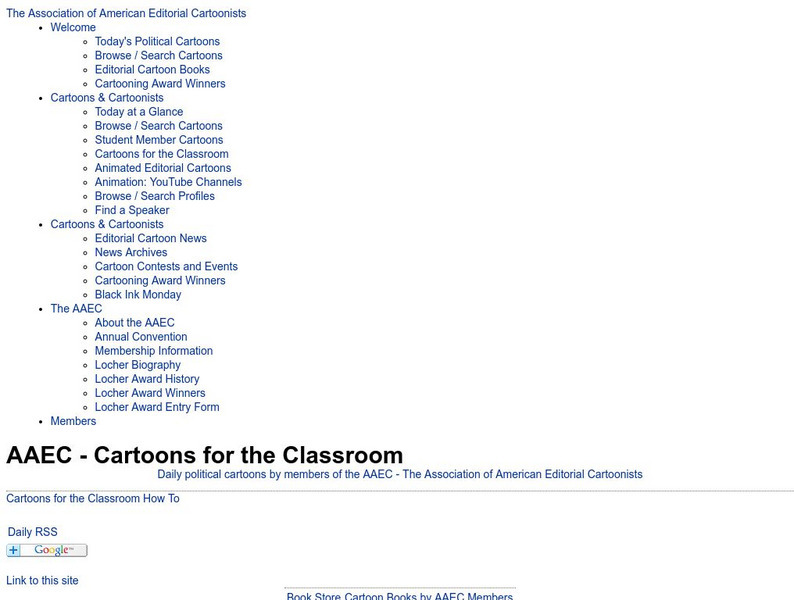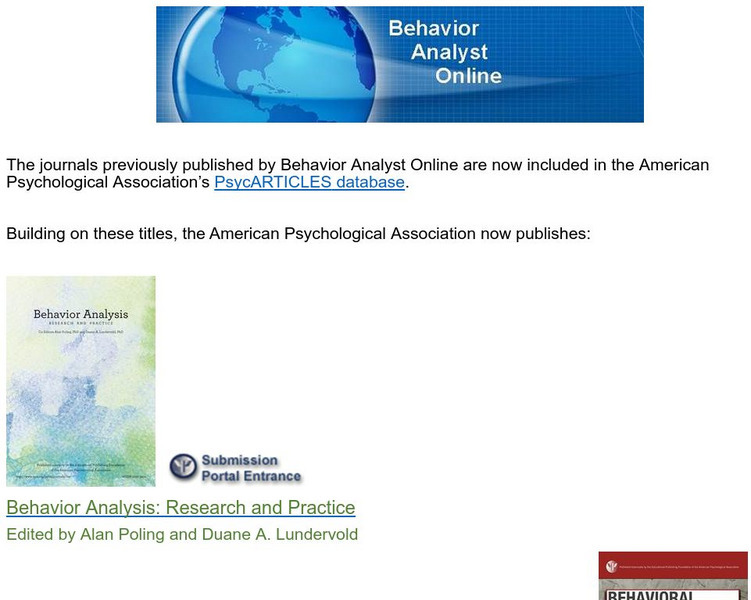Hi, what do you want to do?
National Endowment for the Humanities
Creating the Office of the Presidency
The United States needed an executive power, but it wanted to avoid a monarchy. Using James Madison's notes on the Constitutional Convention, young historians look at the juggling act the Founding Fathers did to create a role for the...
National Endowment for the Humanities
The Question of Representation at the 1787 Convention
While the Constitution is considered enshrined today, its current form is the result of haggling at a secret convention in 1787. Using transcripts from the meetings and various plans as drafted by the delegates, class members unpack the...
iCivics
DBQuest: The Nashville Sit-In Movement
What was it like to be a part of the sit-ins during the Civil Rights Movement? Learners consider the question and whether the protests were effective using an online documents-based investigation. The program allows for virtual...
Cornell College
Dred Scott v. Sandford Supreme Court Decision
Dred Scott was a harbinger of the Civil War. An enslaved man claimed freedom because his owner had taken him into free territory. Not only did the Supreme Court rule that Dred Scott and his wife were to remain enslaved, but it also ruled...
Student Handouts
Guy Fawkes Night
What happened on the fifth of November that has prompted an annual, national commemoration in Great Britain? Young historians look at a traditional English rhyme and folk tale from the seventeenth century that...
Eastconn
Learning to Analyze Political Cartoons with Lincoln as a Case Study
Discover the five main elements political cartoonists use—symbolism, captioning and labels, analogy, irony, and exaggeration—to convey their point of view.
Curated OER
Centers of the Storm: The Lyceum and the Circle at the University of Mississippi
Greek Revival architecture and the Civil Rights Movement? Sure! Examine how the Lyceum and Circle, two historic buildings located on the campus of the University of Mississippi, relate to integration and the 1962 riot on the university...
National Endowment for the Humanities
The Debate in the United States over the League of Nations: Five Camps: From Voices of Consent to Voices of Dissent
Students explore and discuss Woodrow Wilson's concepts for peace and the League of Nations. They understand efforts made to foster American support for the League and discuss the opposition shown in the Senate.
National Endowment for the Humanities
Slavery and the American Founding: The "Inconsistency Not to Be Excused"
High schoolers examine slavery in the revolutionary and colonial eras of the United States. In this slavery lesson, young scholars investigate the presence of slavery in early America, the language of the Constitution, and the intent of...
National Endowment for the Humanities
Lesson 3: Religion and the Fight for American Independence
Pupils explore the role religion played in the American Revolutionary War. Using primary documents and writing exercises, students understand how religion was used in support of the war efforts and how specific religious groups responded...
National Endowment for the Humanities
Lesson 2: The Debate in Congress on the Sedition Act
Pupils research and discuss the provisions in the Constitution that supported the arguments for and against the Sedition Act. They articulate objections to and arguments in favor of the Sedition Act.
National Endowment for the Humanities
Chinua Achebe's Things Fall Apart: Oral and Literary Strategies
Readers are first introduced to Chinua Achebe's Things Fall Apart by making a map of Africa. They will better understand the novel's historical and literary contexts, European and African literary traditions, and how...
Library of Congress
Loc: For Teachers: Analyzing Primary Source Documents
These student worksheets and activities help students analyze many different types of primary source documents. Life histories, objects, and photographs are all used to engage students.
Georgia Department of Education
Ga Virtual Learning: Sociology: Culture
Virtual learning unit on Culture introduces students to concepts, ideas and definitions. Module includes informational text, assignments and questions for review as well as links to supplemental material.
National Endowment for the Humanities
Neh: Edsit Ement: Mapping the Past
This lesson plan requires the students to examine past maps from various cultures in order to learn how the people from that time period interacted and understood their world.
Scholastic
Scholastic: News Writing With Scholastic Editors
An excellent site for learning about news writing. This site is an in-depth workshop that takes you through the news writing process step by step by providing examples and tips.
PBS
Wnet: Thirteen: Concept to Classroom :Tapping Into Multiple Intelligences
This site contains a wealth of information on Gardner's theory of multiple inteligences. It discusses what it consists of, the difference between it and the traditional definition of intelligence, how it has developed since its...
E Reading Worksheets
E Reading Worksheets: Text Structure Practice 1
This interactive worksheet provides 10 questions: each includes a reading passage which students read and select the patterns of organization used in each passage. RI.11-12.3 Text development
Polk Brothers Foundation Center for Urban Education at DePaul University
De Paul University: Center for Urban Education: History Thinker: Analyze Then Summarize [Pdf]
This Center for Urban Education resource provides a downloadable worksheet. Students will read about a historical event and answer scaffolded questions that will help them retell what happened, explain the causes and effects, and then...
PBS
Pbs Teachers: Egypt's Golden Empire: Hieroglyphs
Learn to write your name in hieroglyphs on this PBS site that explains hieroglyphic writing and the sounds of the hieroglyphs. Click on Kamose Stela to see and read the translation of hieroglyphic text.
US Department of Education
National Center for Educational Statistics: Naep Questions Tool V4.0
To begin your search, decide which assessment to explore (main or long-term trend) and then select a subject. On the next screen, you will be able to refine your search results and use My Workspace to assemble and print questions,...
Newspapers in Education
Ni Eonline: Cartoons for the Classroom: Lessons Library
Newspapers in Education and the Association of American Editorial Cartoonists publish simple, inventive lesson plans and ideas for classes in editorial cartooning, caption writing, and news analysis. Lessons include "cartoon blanks" that...
Other
Behavior Analyst Online
A number of major professional behavior analysis journals can be accessed through this gateway. Recent issues as well as back issues are available and can be downloaded in PDF format. Several of the journals, e.g., Journal of Behavior...
Other
Educational Psychology Interactive:information Processing Approach to Cognition
Discusses the different models of information processing and the basic principles accepted in cognitive psychology. Outlines the different types of memory, and the principles of concept formation. Also provides a table listing examples...



















